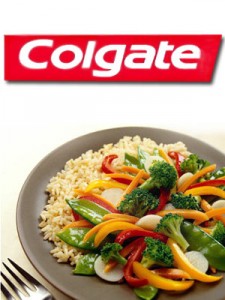Zune Microsoft

First released in November 2006, the Zune was Microsoft’s “me too” answer to Apple’s MP3 player, iPod. While it had some nifty product features that the iPod lacked e.g. sharing music from player to player, the Zune, despite an expensive marketing effort by Microsoft (viral marketing, campaigns, creating a Millennial-friendly website), never really caught on. During its launch week, the original Zune was the second-most-sold portable media device with a 9% unit share in the United States, which was still way behind the market-leading iPod’s 63%.
Why did it fail? Perhaps the most important factor was that the Zune could not be used with Apple’s iTunes program, which was a dominant product in its market. For a new innovation to quickly diffuse, it must be compatible with people’s past behaviours and needs. The Zune has failed to do this.
Kitchen Entrees Colgate
Brand extension is the use of the same brand name for new products being introduced to the same or new markets, and can be highly successful. The new extension would likely benefit from the existing brand name that is already well established. Think Apple’s iPhone. However, it can also fail miserably. Think Colgate’s Kitchen Entrees.
In 1982, Colgate, the toothpaste company, launched a line of frozen dinner. There was simply no connection between branding toothpaste and branding frozen dinner. The product was a complete bust, and was pulled from the shelves shortly after. Such product would not only affect a company’s profit, but would create the possibility of brand dilution. It is always wise for companies to carry out market tests to test the reactions of consumers before launching a new product.
Categories:
